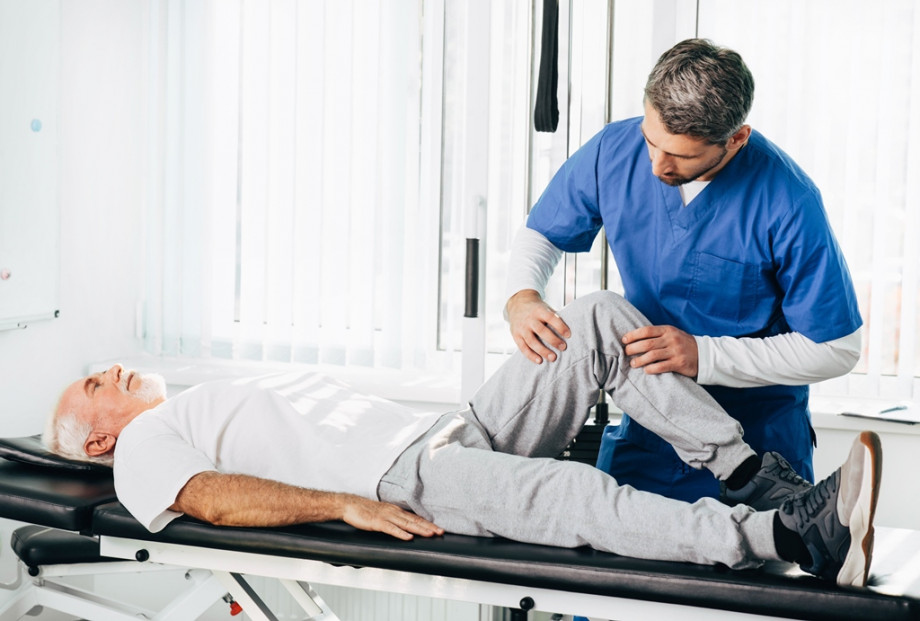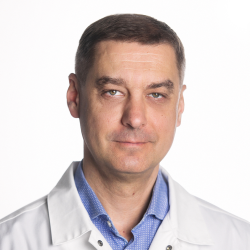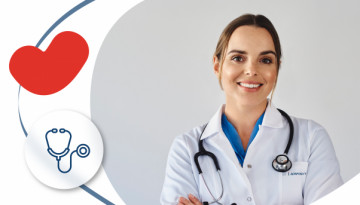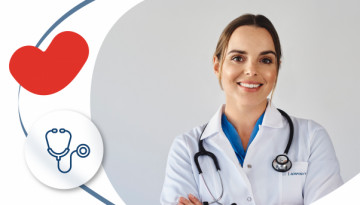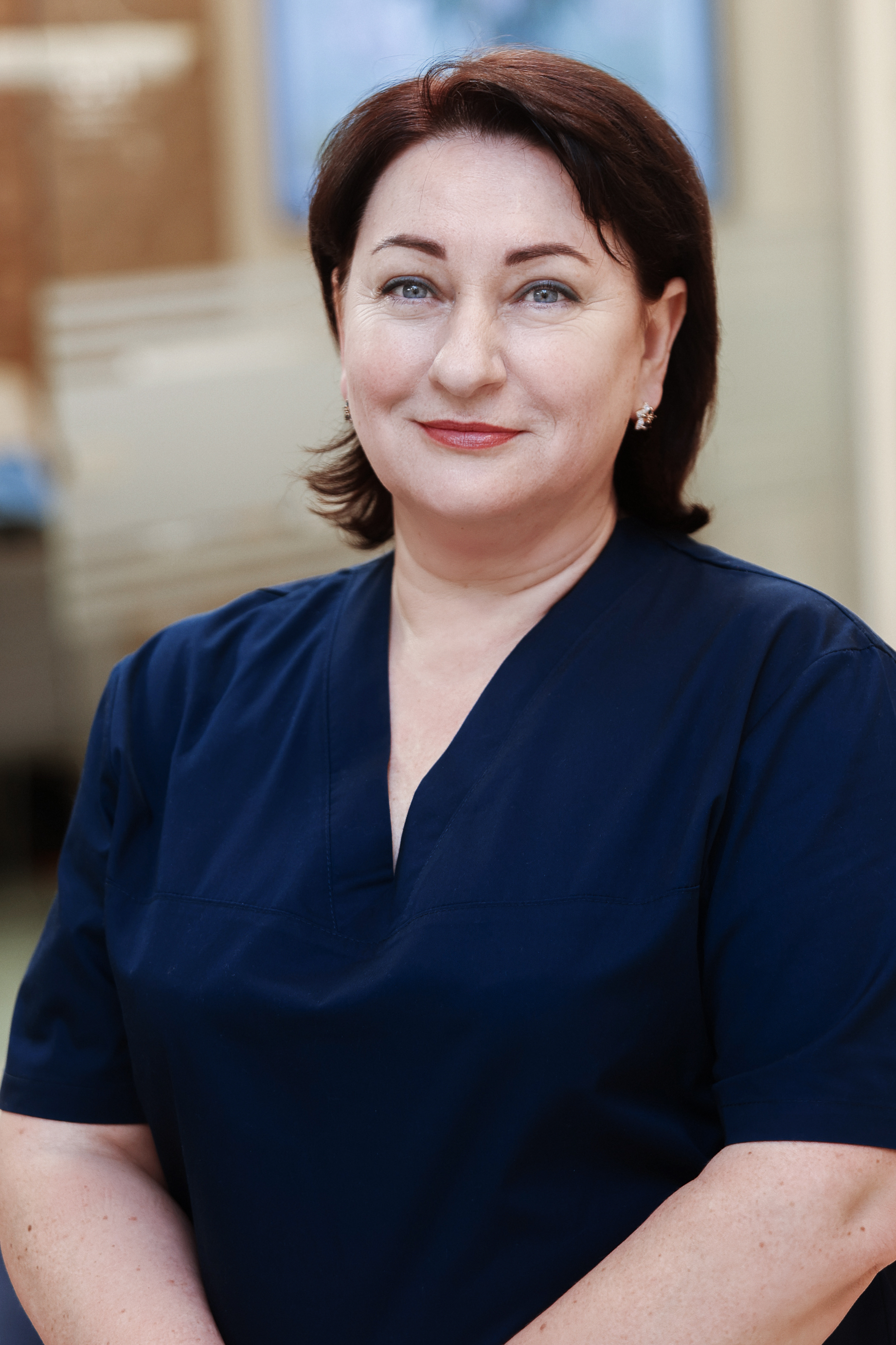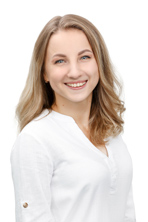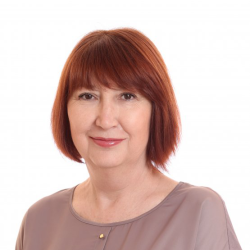Stroke is a severe brain damage, which, even with a favorable prognosis, can provoke problems with speech. Immediately after an attack, it is important to understand that the program of neurorehabilitation and correction of speech disorders should be applied from the first hours after recovery from an acute state. This is the only way to return a patient to a fulfilling life.
Agnosia and apraxia are common disorders after a stroke.
- Apraxia is a condition when a patient is unable to coordinate his/her movements and perform simple exercises. For example, he/she cannot button up, hold a glass or spoon in the hand, draw simple shapes. Most often, such a disorder occurs in case of a stroke with damage to the left hemisphere. In this case, the right side of the body suffers.
- Agnosia is a disorder of the perception of objects and one’s own body. That is, a patient does not feel the paralysis of his/her own body, considering the work of the lower/upper limbs is absolutely normal. Some patients cannot feel the shape of an object and the material from which it is made by touch.
- Speech pathology in adults is called aphasia. Such disorders can have a wide variety of manifestations: for example, in some cases, aphasia in case of a stroke is characterized by a lack of understanding of what was said to a patient. Sometimes, on the contrary, a patient cannot pronounce simple words or remember the names of some objects. If aphasia is identified (a patient cannot pronounce certain words), doctors will talk about the damage to the sensory center of speech. As a rule, both apraxia and agnosia are diagnosed in this case.
Various types of speech disorders provide for a long-term rehabilitation of a patient, and exercises at home are not enough in this case. A patient will need qualified assistance.
Any neurorehabilitation center will offer the patients that need the recovery after a stroke several various procedures and activities. Rehabilitation is a set of activities that will help to restore the body functions to the maximum. The main principles of rehabilitation activities are as follows:
- early start of the recovery complex. It should be started just from the first days after a stroke, if doctors give permission for this. Performing of various procedures allows to avoid the development of secondary complications, such as bedsores and stagnant pneumonia;
- regular and long-term rehabilitation – you need to choose special exercises (the forms of aphasia, the degree of brain damage and the general health of the patient play a role in the choice), draw up a schedule for the complexes. Please note that the recovery period involves not only the period of hospital treatment, but also continues at home, because the sessions should not be interrupted.
The set of exercises for the restoration of motor functions provides for physical education, a visit to the massage therapist’s office, a course of physiotherapy procedures. For example, electrical stimulation of neuromuscular fibers is an effective procedure. The only condition for physical exercises will be constant monitoring of the pulse and blood pressure. A patient should have a rest after each exercise.
Exercises are performed in the supine position in the first days following a stroke, and only after partial stabilization of the patient’s condition, a patient is taught to sit down, do bends, and get out of bed. Of course, it takes time, and you should not expect quick results.
You can switch to light walking only after you get the permission of your doctor. Walking is usually indicated even if a patient has paresis of the lower limb.
The rehabilitation of patients with spastic disorders, which are characterized by strong tension of the muscular apparatus, should be discussed separately. They have separate rehabilitation sessions. Note that such patients cannot do exercises for hands with a ball or rubber ring by themselves.
Severe speech disorders after a stroke are corrected by regular sessions with a speech therapist-defectologist. Within this period, the support of the family members is important, as they should constantly talk with the patient so that he/she gradually becomes more involved in the conversation and learns to repeat sounds and words. The rehabilitation after a stroke should not be limited by the sessions in the neurorehabilitation unit. The prescribed exercises and activities must be done at home.
Article author - Volodymyr Monastyrskyy, M.D.
Publication date: 14.05.2020
Do you want to get an online explanation of a doctor from Dobrobut clinic chain?
Download our application in Google Play and App Store

